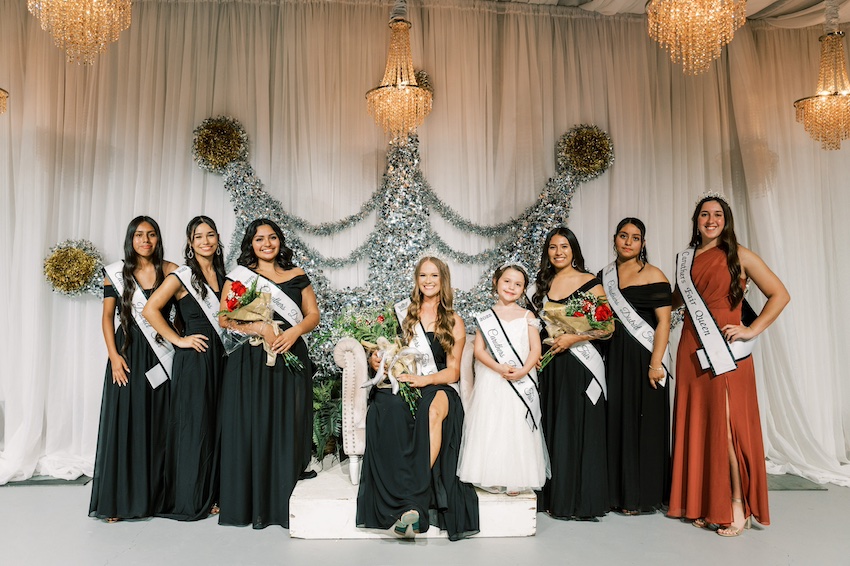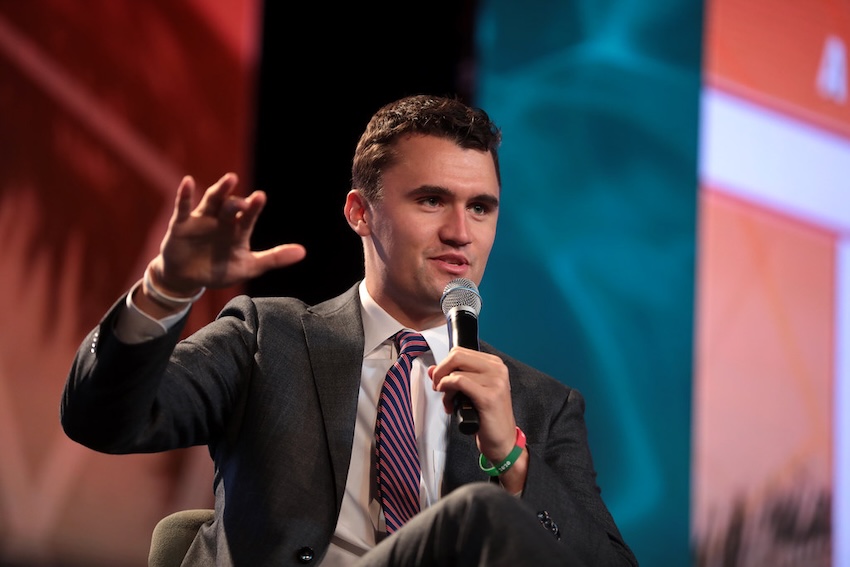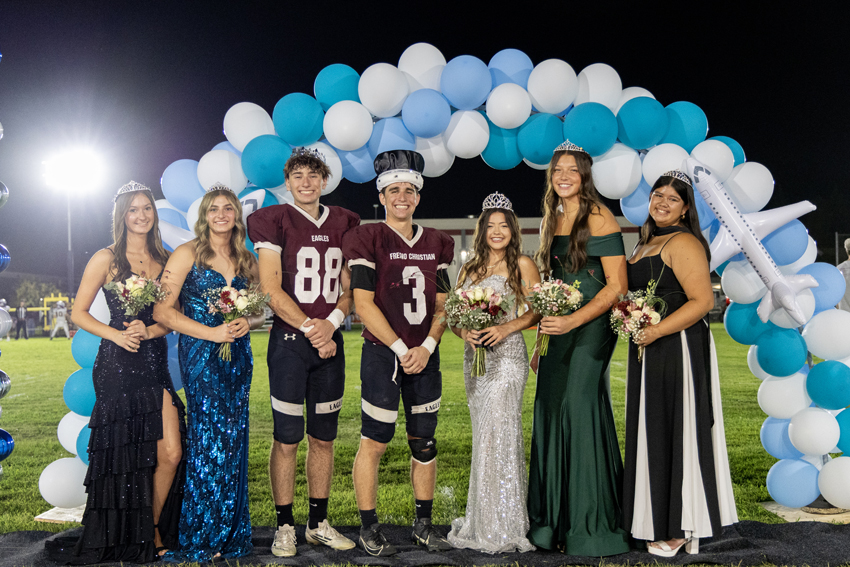Professionals share importance of media literacy in today’s world
Since new technological upgrades began, a new term emerged – media literacy: the ability to access, analyze, evaluate and act using all forms of communication.
Busy as schedules may seem, 30-40 percent of media literacy takes up part of most people’s day. Examples can be seen by scrolling through social media, watching television commercials, movies, billboards and the like.
A study by the Stanford History Education Group of high school students revealed that 90 percent of students received no credit on four of six tasks that gauged students’ ability to evaluate digital sources on the internet.
The report’s authors said the results are “troubling,” especially considering this is a generation that has grown up with the internet and is considered digitally savvy.
One solution in helping to fix the problem of receiving information incorrectly can be by an easy conversation. This dialogue can open up participant’s thoughts to dive deeper into what media can be used for in everyday life or in a specific subject.
However, a problem for students growing up in this technological media overload is more commonly receiving and believing fake news.

News/Co Lab and Managing Director at the Walter Cronkite School of Journalism and Mass Communication, Kristy Roschke shares how media literacy is not usually taught as a main subject.
“Media literacy is not a subject that is formally taught in school,” Roschke said. “You’ll often see related topics, like digital literacy, how to use technology to find academic sources for a paper, using news articles to study current events and argumentation/rhetoric for helping students identify popular persuasion techniques.”
Roschke says that newer generations are well educated in the technology area and can easily find information. However, they are not taught how to properly evaluate media.
“But most of us have learned how to engage with media on our own,” Roschke continued. “Though most people — especially young people — are digitally savvy and have no problem finding tons of information, they have not necessarily been taught how to evaluate, create and act on media in constructive and ethical ways. This is where we encounter a lot of problems when it comes to consuming and sharing bad information.”
Executive Director of the Institute for Media and Public Trust at Fresno State University, Jim Boren recently hosted an event on the Power of Online Journalism this spring at Fresno State. One of the focuses was media literacy.
“This is a generation that has grown up on the Internet,” Boren said. “Young people know their way around digital devices very well. But that doesn’t mean they are always media literate when it comes to understanding which digital content is factual and which is fake. This is a work in progress.”
The Institute for Media and Public Trust is dedicated to finding solutions to the fake news crisis and bridge the trust gap between news consumers and media outlets. Boren encourages teachers to do more to ensure media literacy knowledge is improved among students.
“Students are learning how to be media literate in many of their classes,” Boren continued, “but as the Stanford study points out, we’re not doing enough. That’s one of the reasons that the Institute for Media and Public Trust is working so hard to improve media literacy. Increasing media literacy is a core value of the institute.”
Roschke also explains how media literacy does not only decipher between what’s real and what’s fake, but also helps to be a skilled communicator. Knowing the difference between the real and fake information, others can share it with those who are still on the search.
“Learning how to evaluate and create media is integral to being an effective communicator,” Roschke said. “Through media literacy, people learn how to assess sources of information and their motivations, how to share credible information and can gain a better understanding of how different groups are represented in the media, and how to combat stereotypes and cliches.”
The following tweet shares how despite the coronavirus, journalism continues.
Journalism continues in the United States as reporters, editors, publishers maintain their commitment to bring their communities #cornoravirusus news. As we all work together to overcome this challenge, remember the #journalists who are bringing you the facts about #COVID2019. pic.twitter.com/5iq9XwLQVr
— Institute for Media and Public Trust (@institute_trust) March 17, 2020
Boren continues to share tips for growth and what to avoid. He advises being a critical thinker and not taking shortcuts to ensure you are not harming your understanding of the topic.
“If you learn good communication skills at a young age, they will serve you throughout your life,” Boren said. “A good athlete does not stop practicing his or her sport. The better they get, the more they practice to improve. Taking shortcuts in intellectual pursuits almost always harms your understanding of a topic. Be a critical thinker, set aside your biases and read and view the content you are seeing from as objective a view as possible.”
This includes not only being a critical thinker when analyzing information, but also how to find information, where to look, how to write Google searches, and understanding truth in the developing mind.
The Feather Online hopes to encourage and connect students to media literacy at Fresno Christian. Boren shares how publications can teach media literacy to its readers in creative ways.
“Continue to write and show videos on media literacy,” Boren continued, “and push your readers to see the importance of the subject. Look for creative ways to connect with your readers and school student body. Maybe ask a media literacy question of the day and ask six students at random for their answers.”
The following video shares some questions based on media literacy for kids.
Roschke shares a few ideas on how The Feather can improve in media literacy when reporting to the student body. If students develop the knowledge of medial literacy, they can share what they’ve learned with other friends and family.
“Start a running fact-check feature,” Roschke said, “where you ask students to submit something they’ve seen on social [media] and then you can fact-check it. Host a SIFT workshop for students and teachers. Students can even help their parents!”
Roschke advises using transparency in reporting and being more open to the readers, so they can feel more connected to the story.
“Interview or poll students about how they feel about misinformation,” Roschke continued. “Do they want to ‘share with care’ or does it not matter to them? Start a PSA campaign to make ‘sharing with care’ the popular thing to do. Use transparency in your own reporting. Tell your readers how and why you reported certain stories, and openly model ethical journalism practices.”
Many organizations such as the Institute of Media and Public Trust and NAMLE (National Association for Media Literacy) make efforts to ensure students are educated in media literacy to take into their adult life.
In media literacy, there are five key questions to ask:
- Who created this message?
- What creative techniques are used to attract my attention?
- How might different people understand this message differently from me?
- What lifestyles, values, and points of view are represented in; or omitted from, this message?
- Why is this message being sent?
These are questions teens and adults should ask when looking at social media, reading the news or doing anything that is online.
Media literacy has four core concepts: all media messages are constructed using a creative language with its own rules, different people experience the same media messages differently, media have embedded values and points of view and most media messages are organized to gain profit and/or power.
For an additional article on media literacy read, Media literacy develops critical thinking, writing skills.
Celeste Castaneda can be reached via email.




